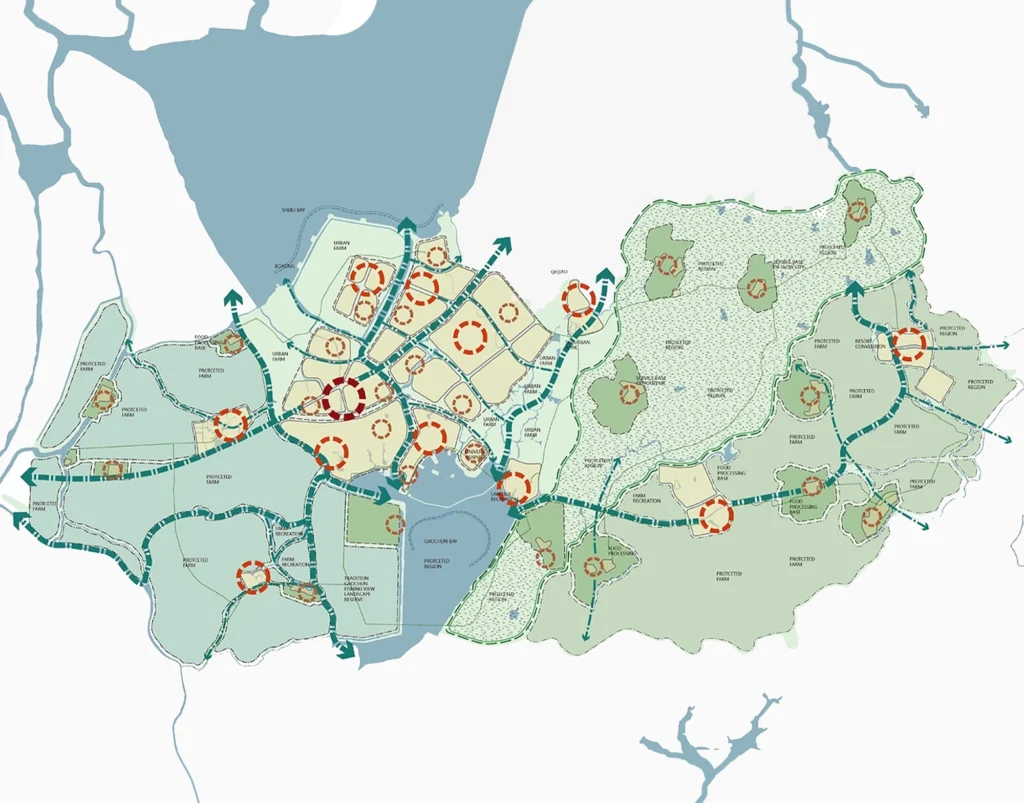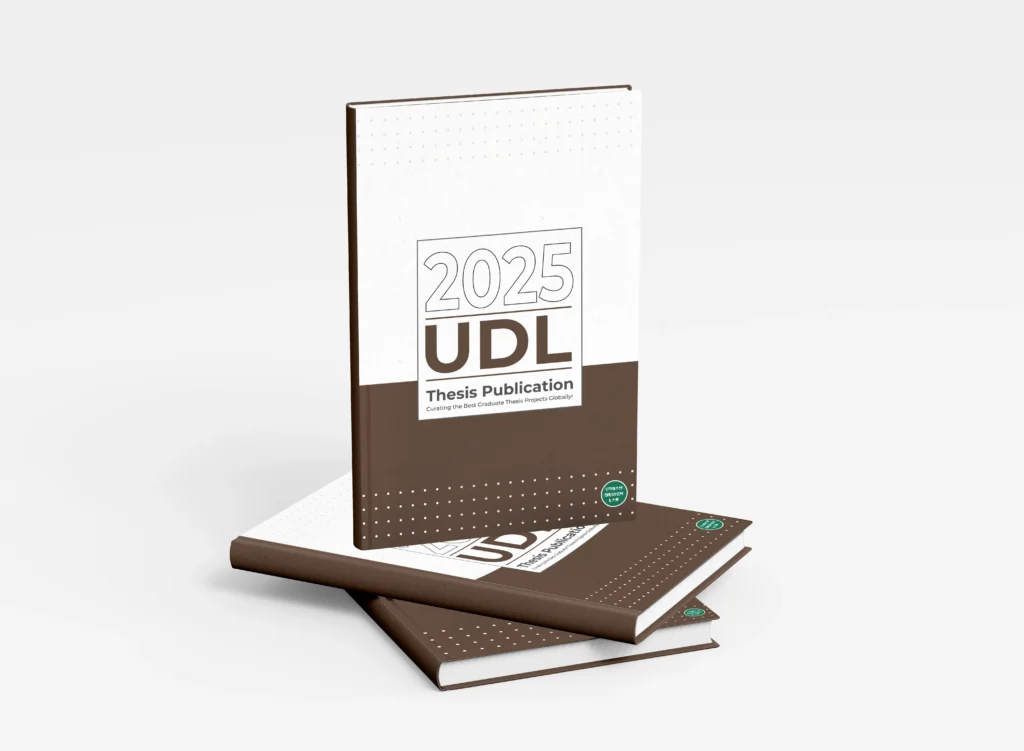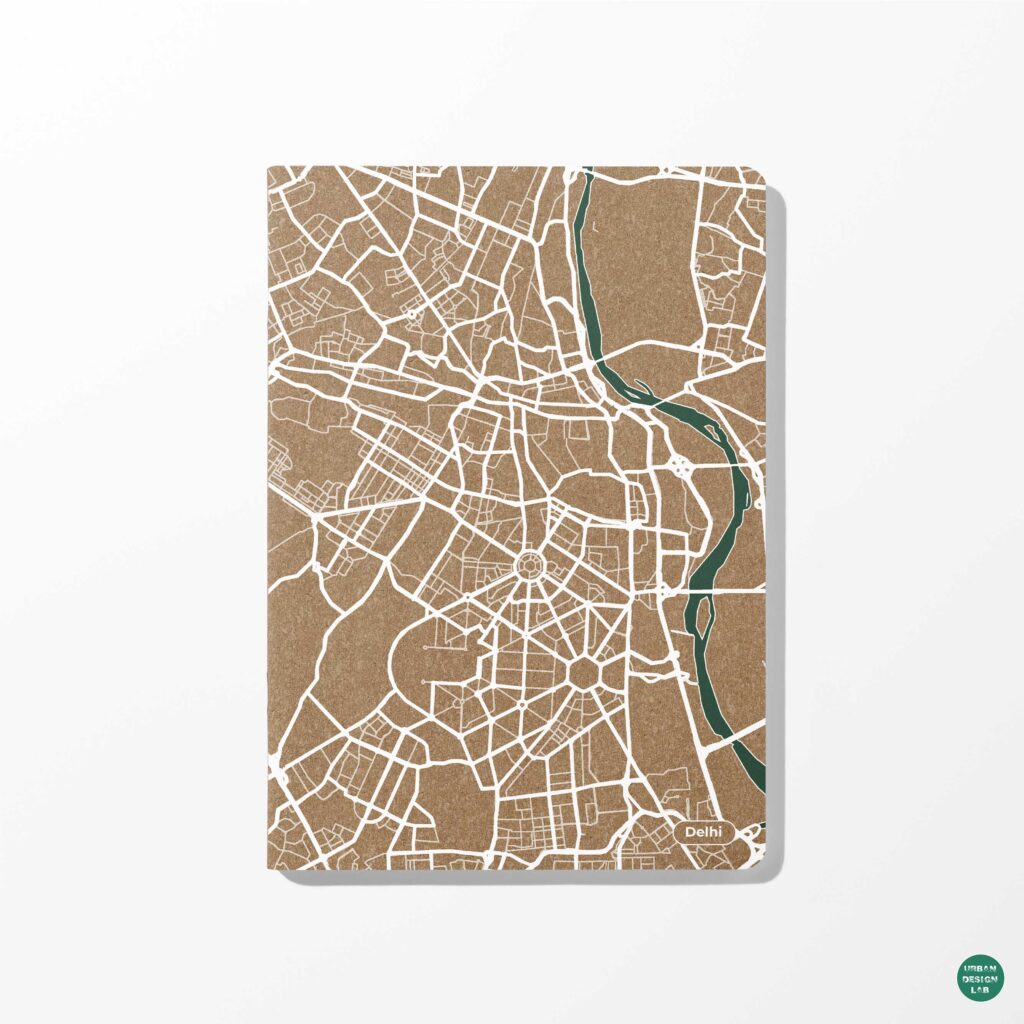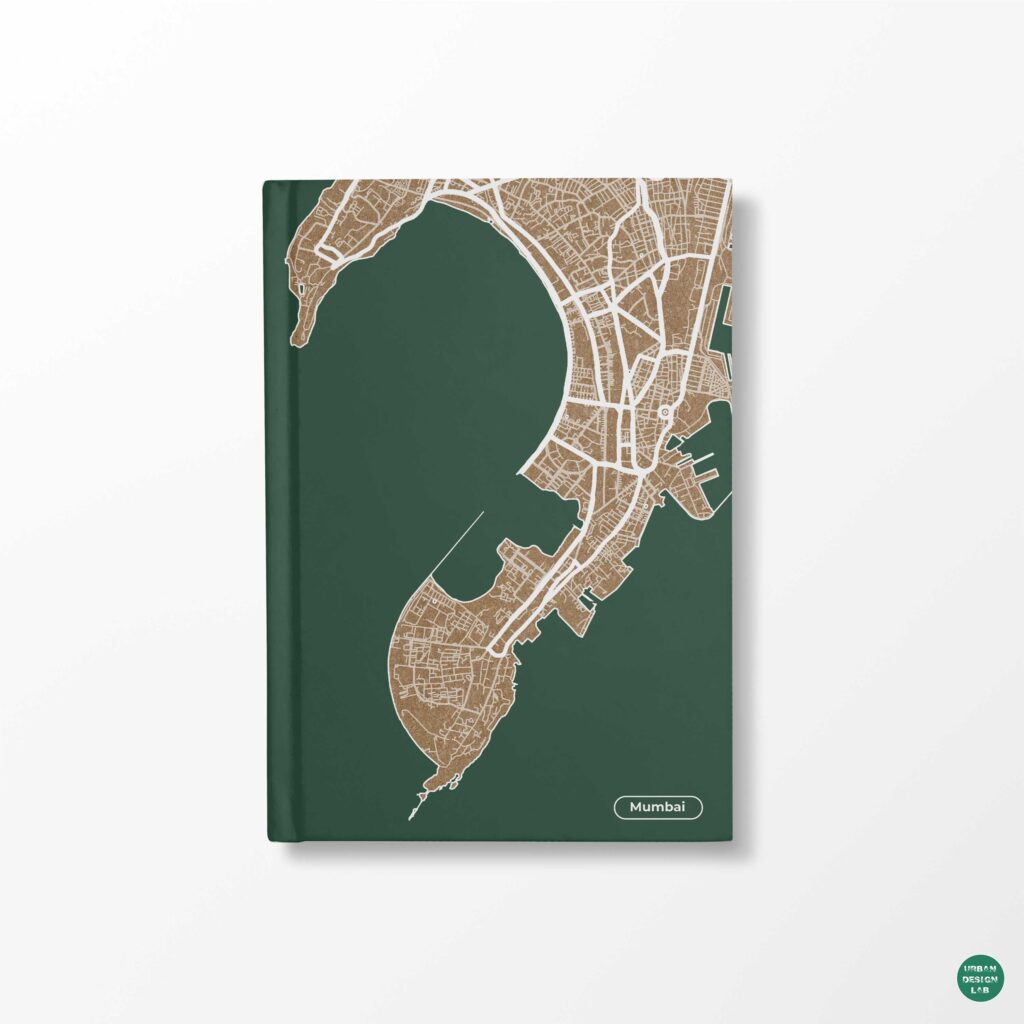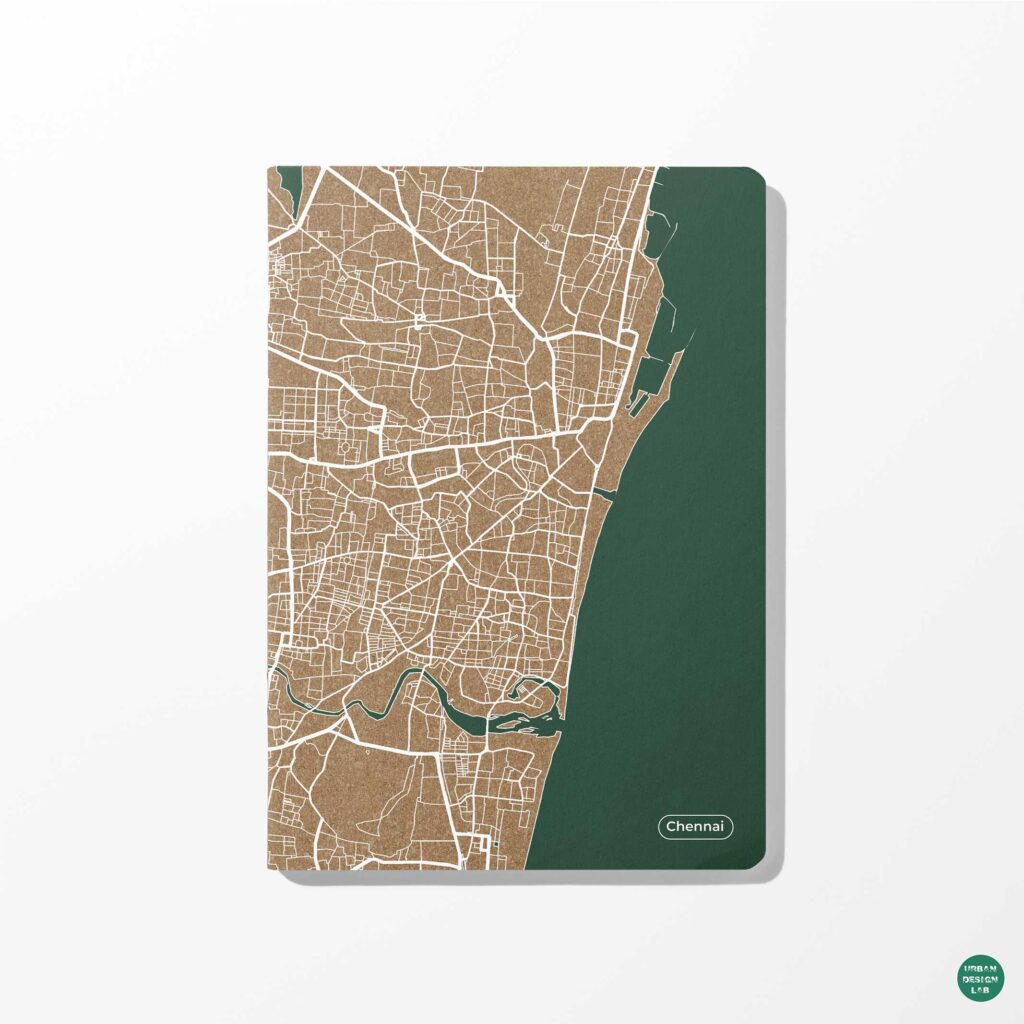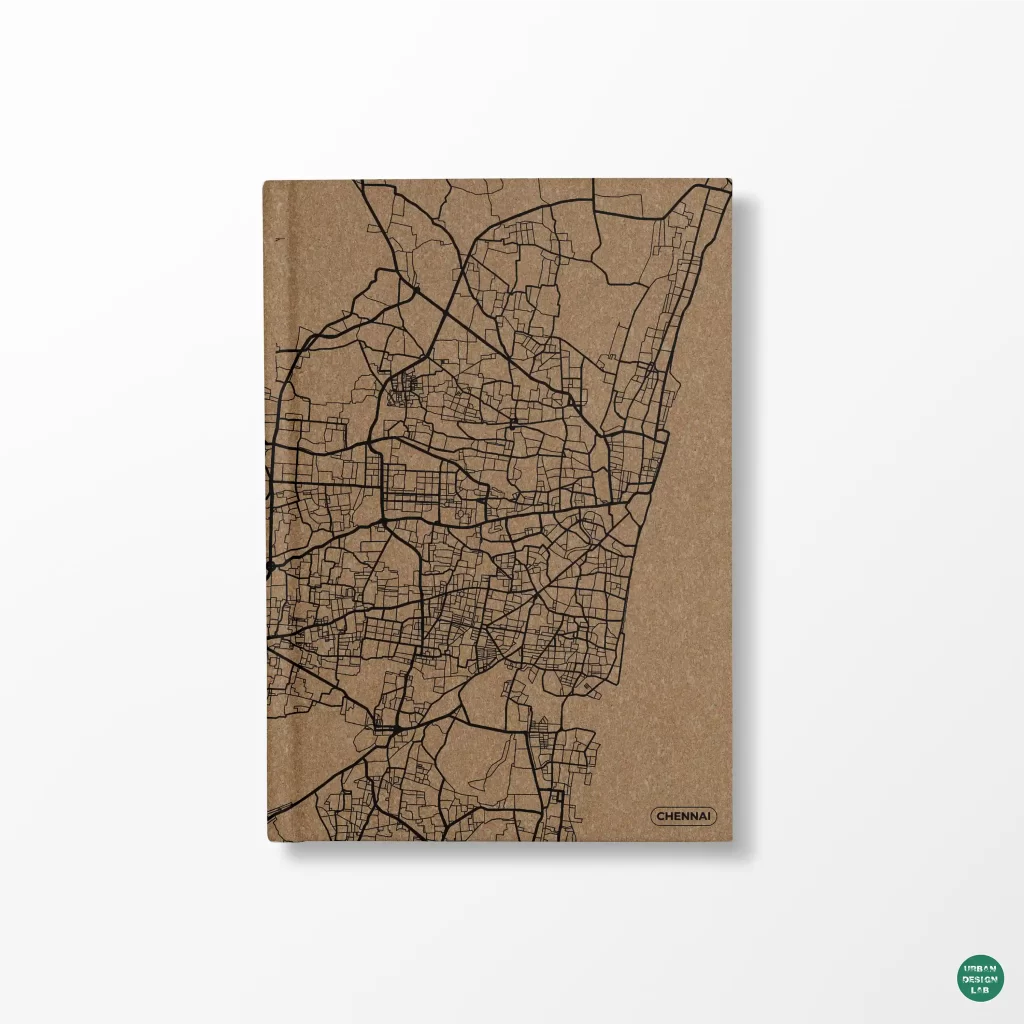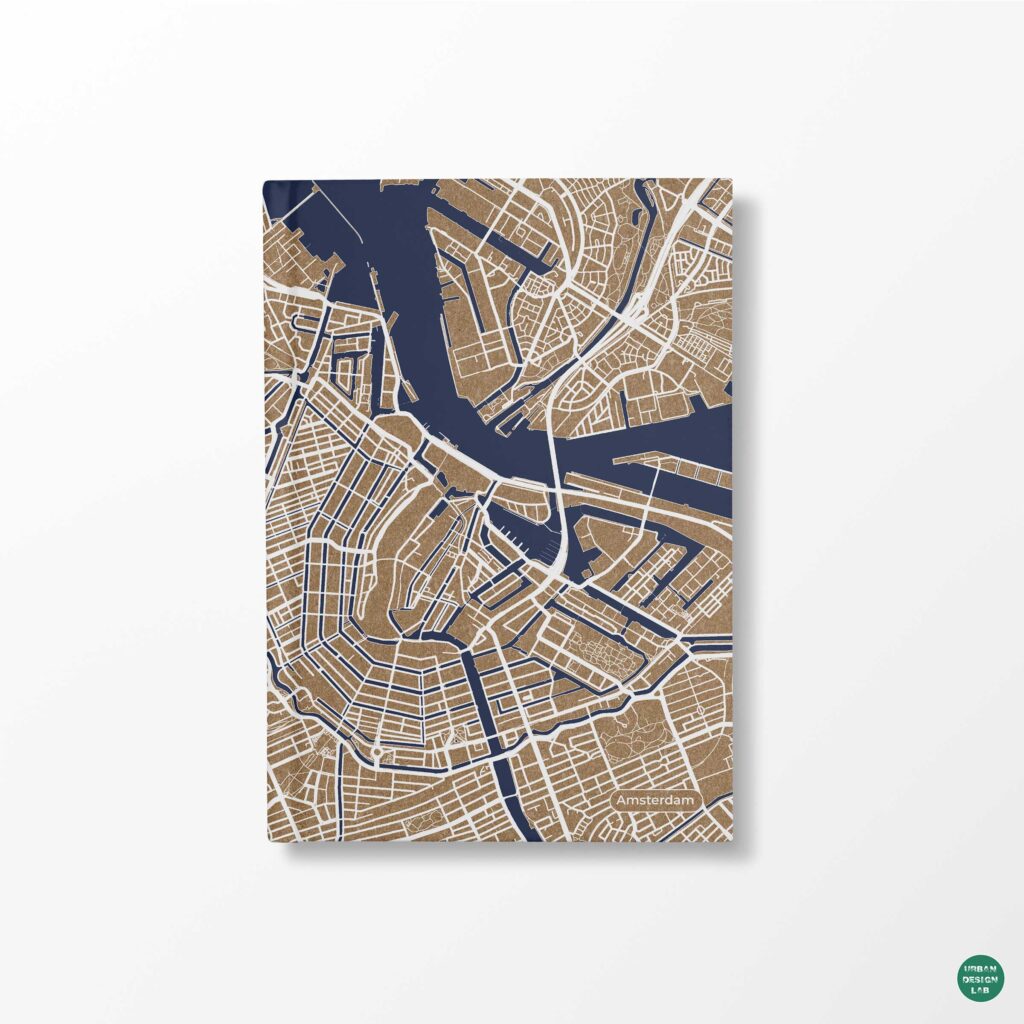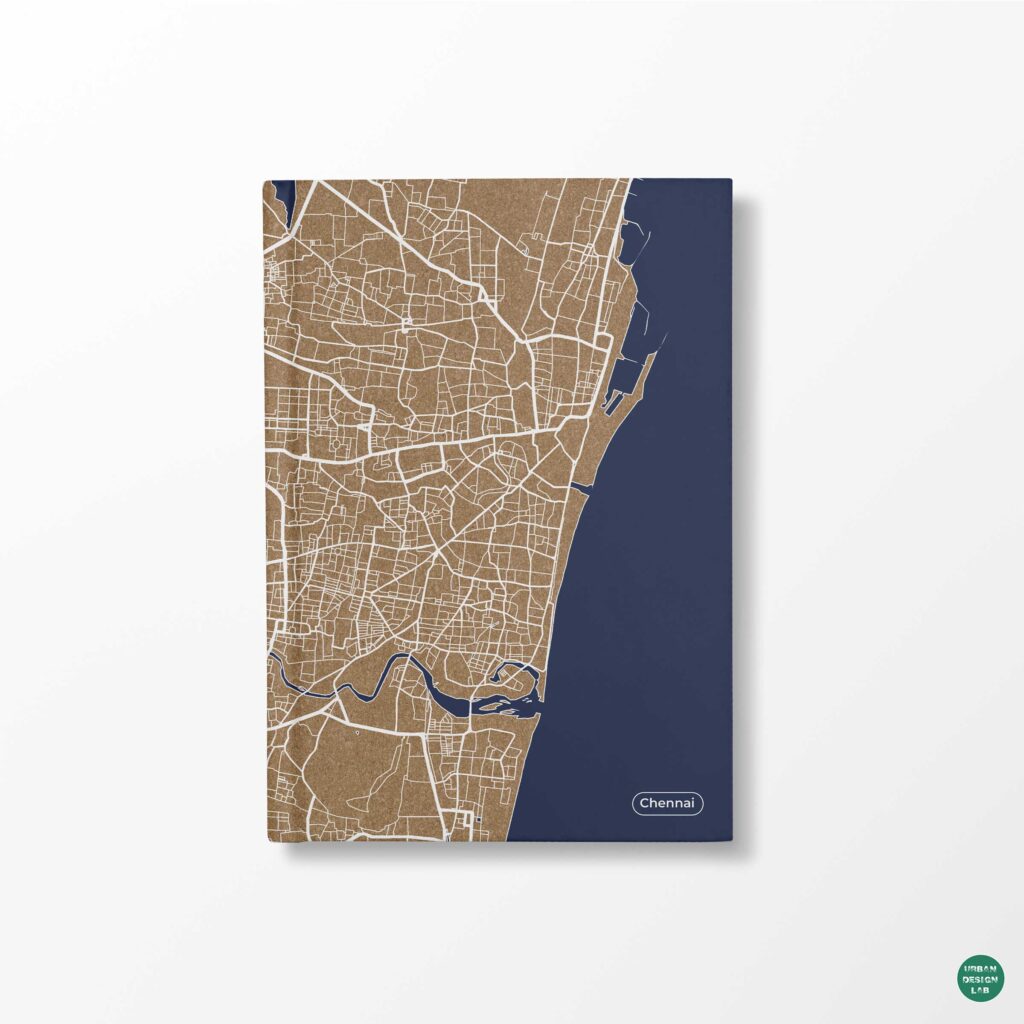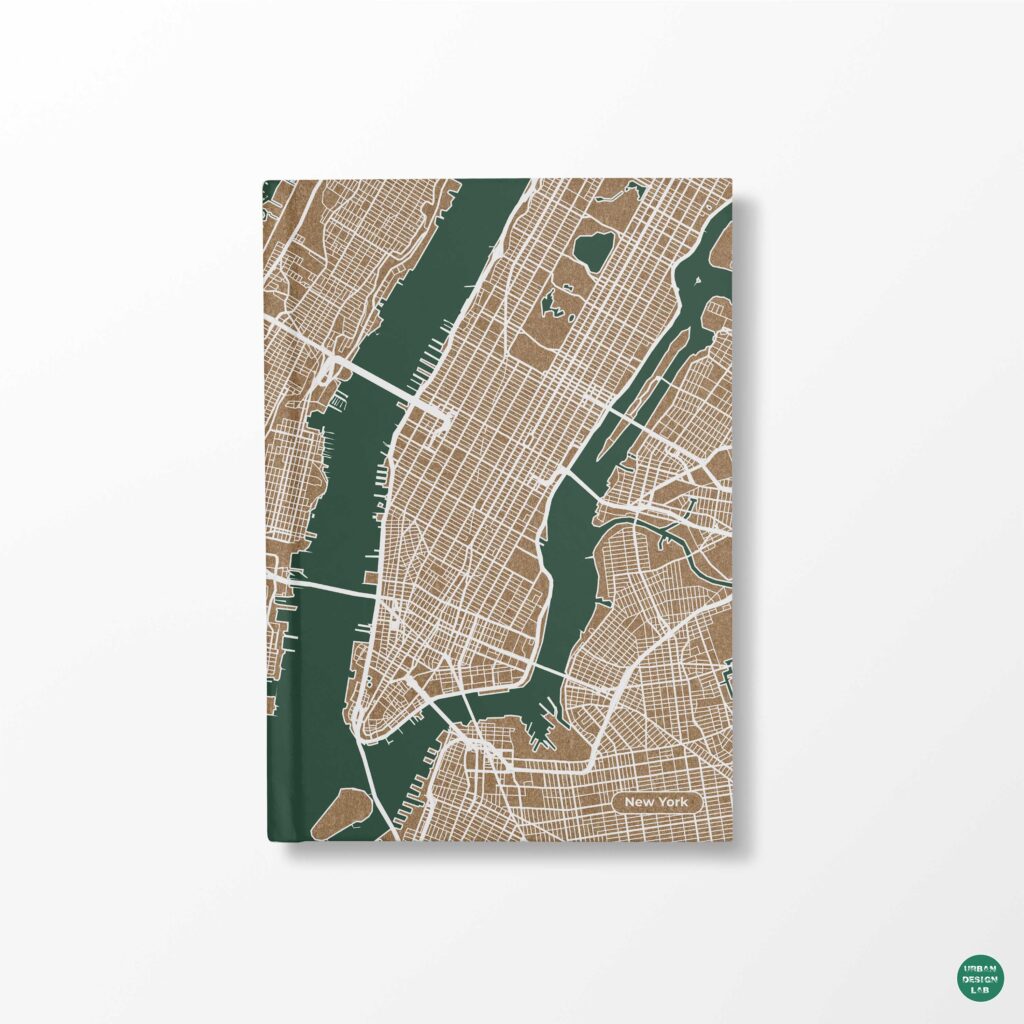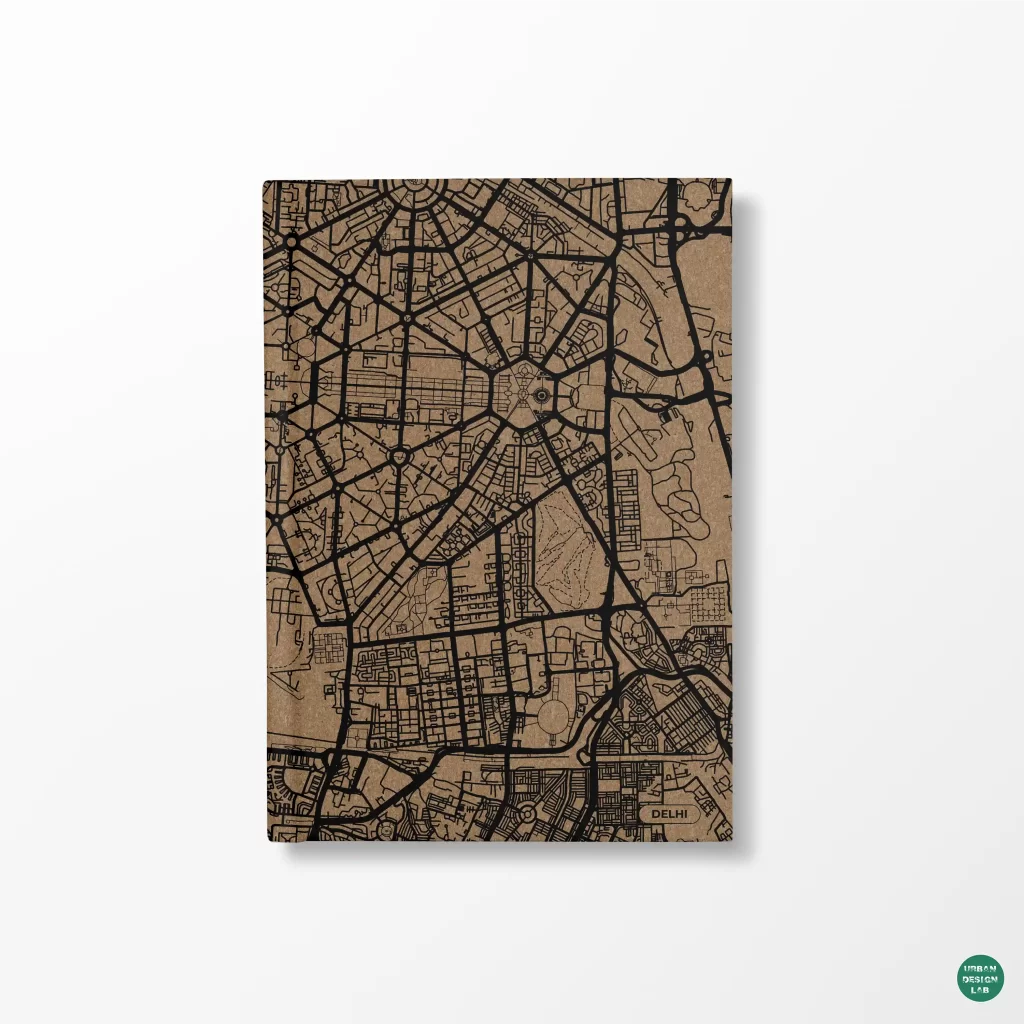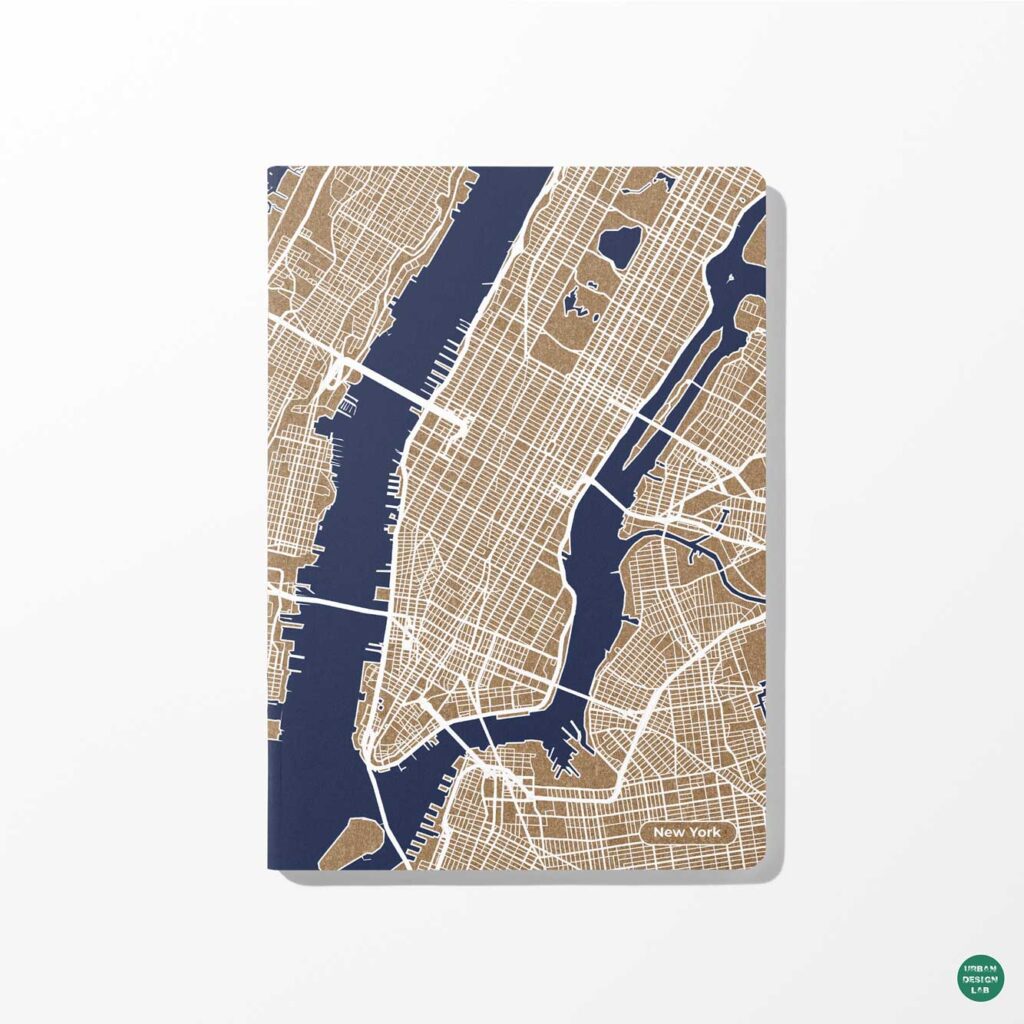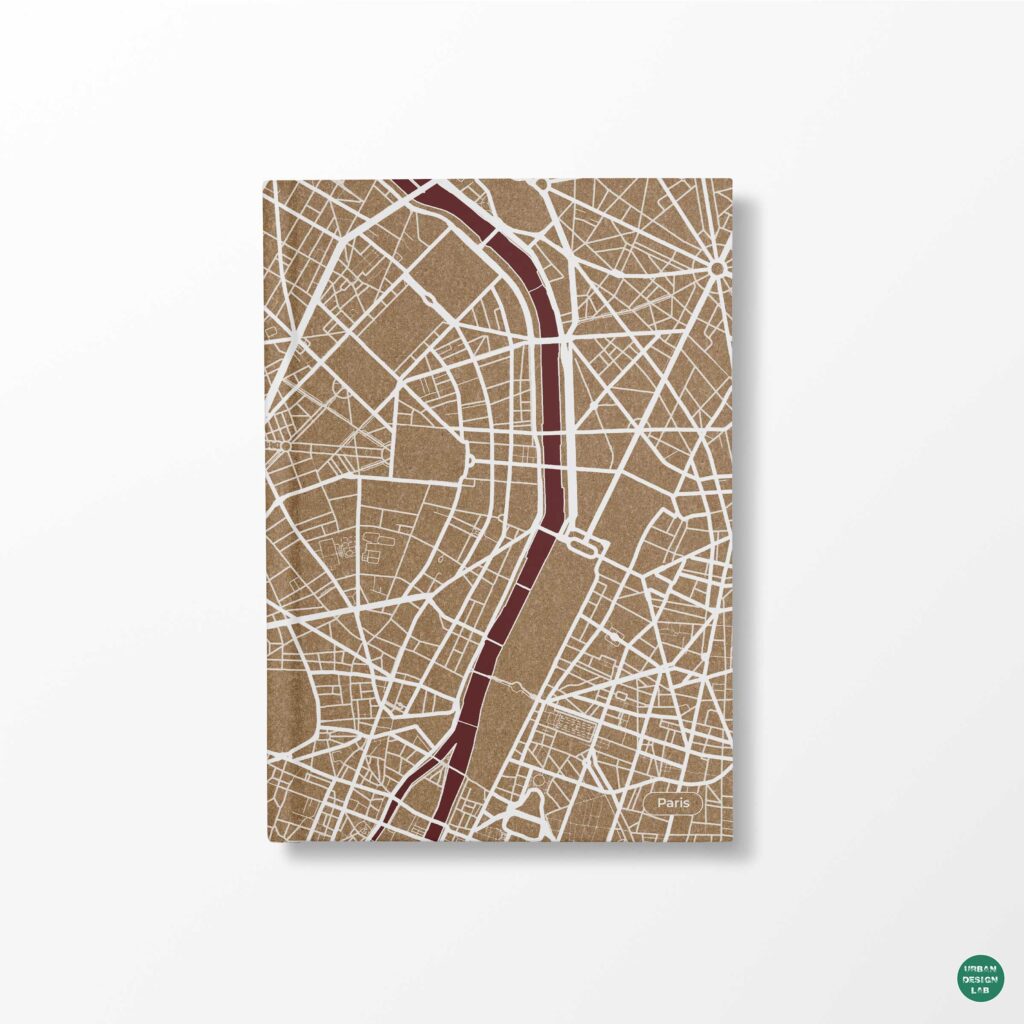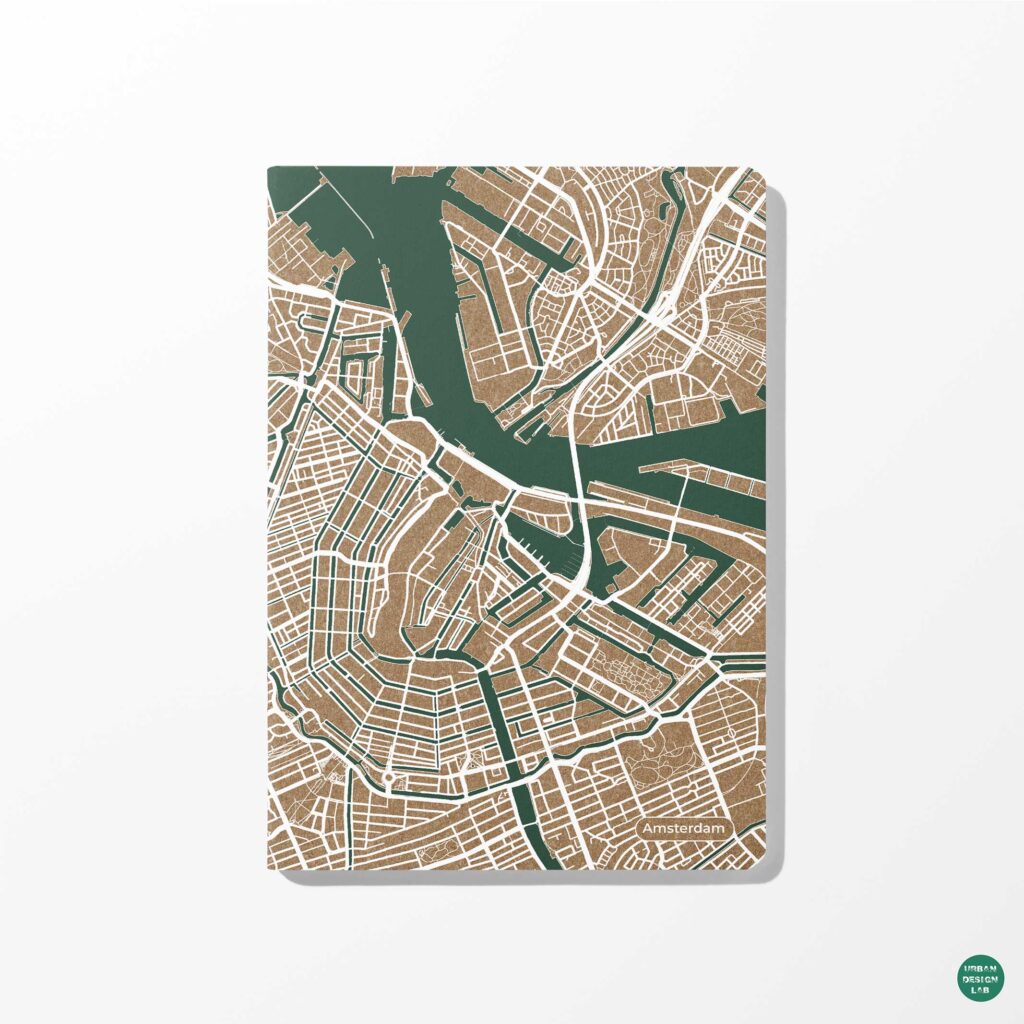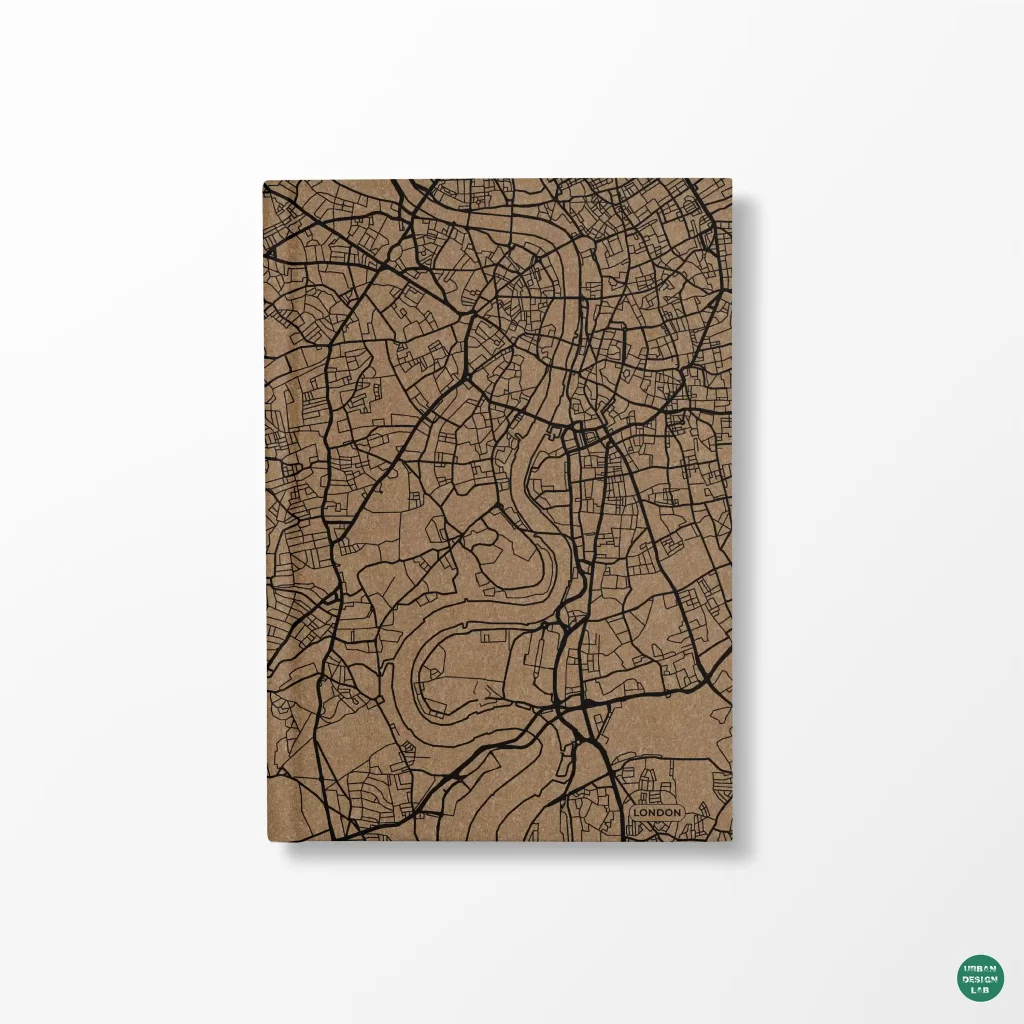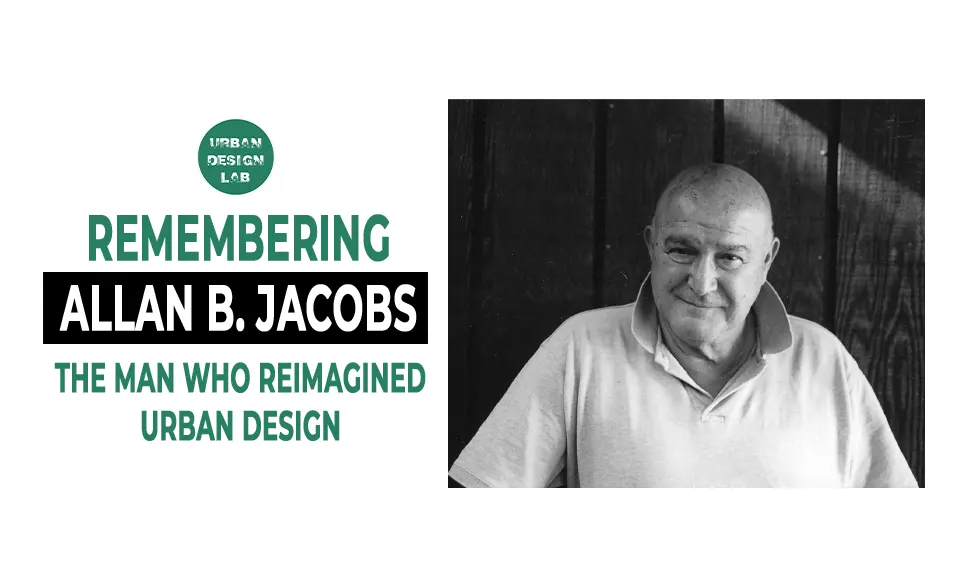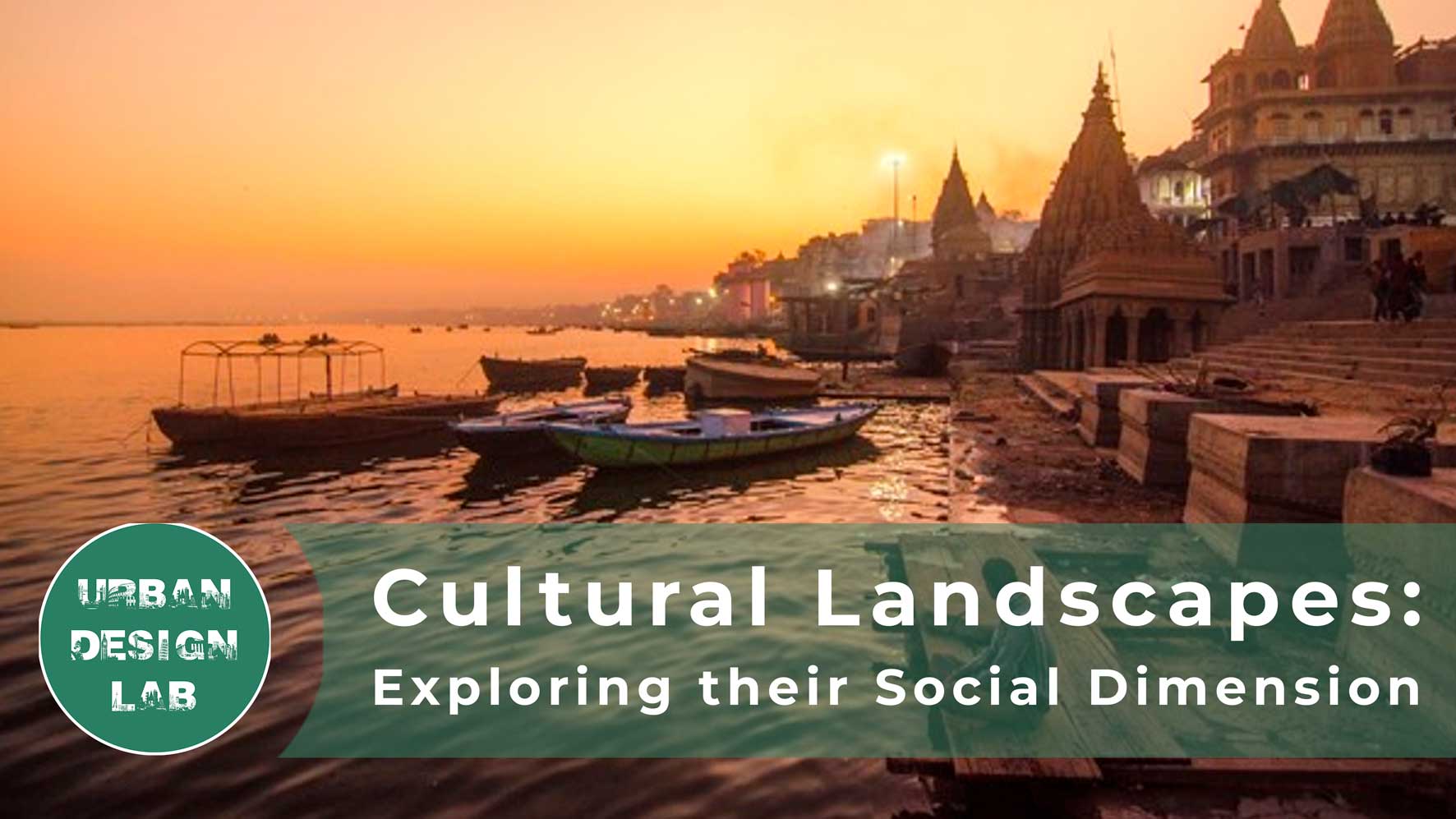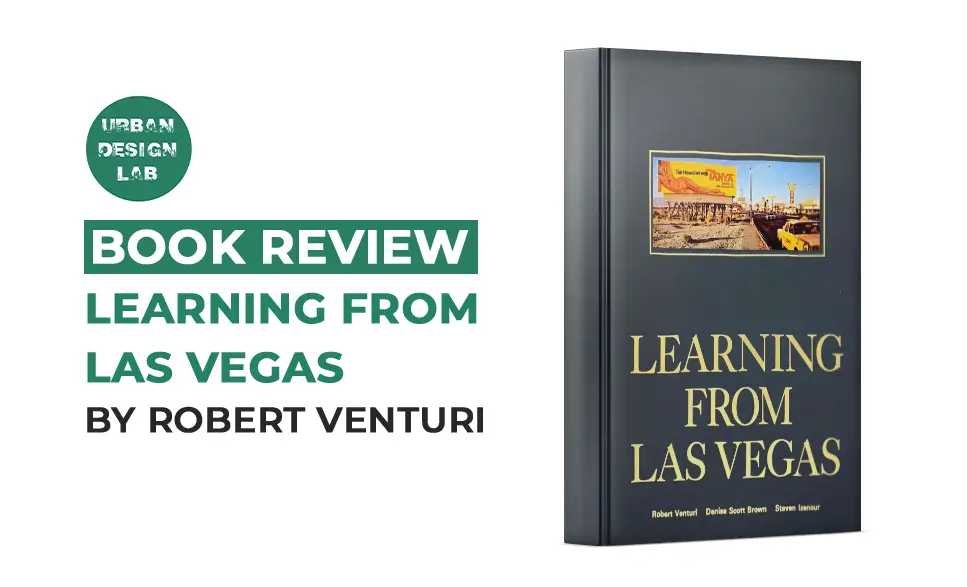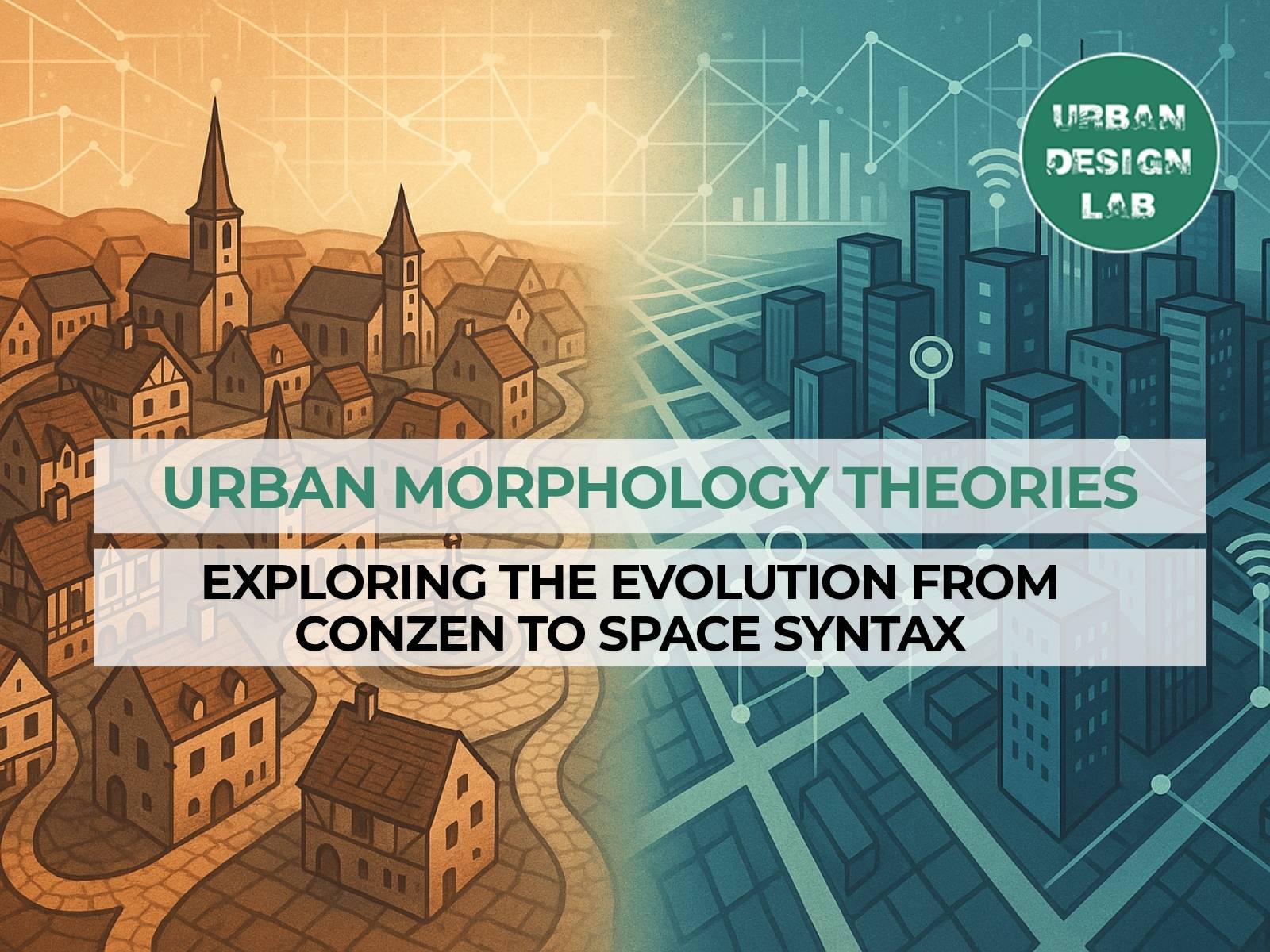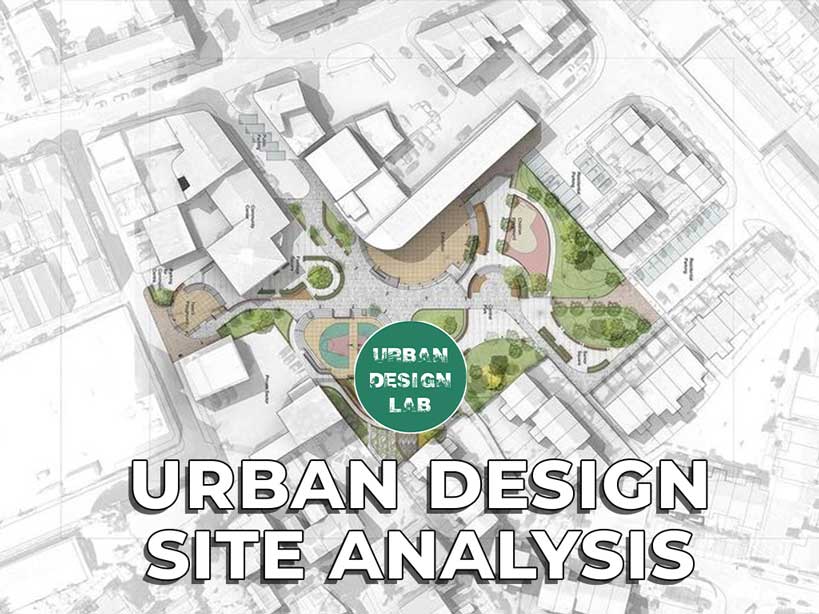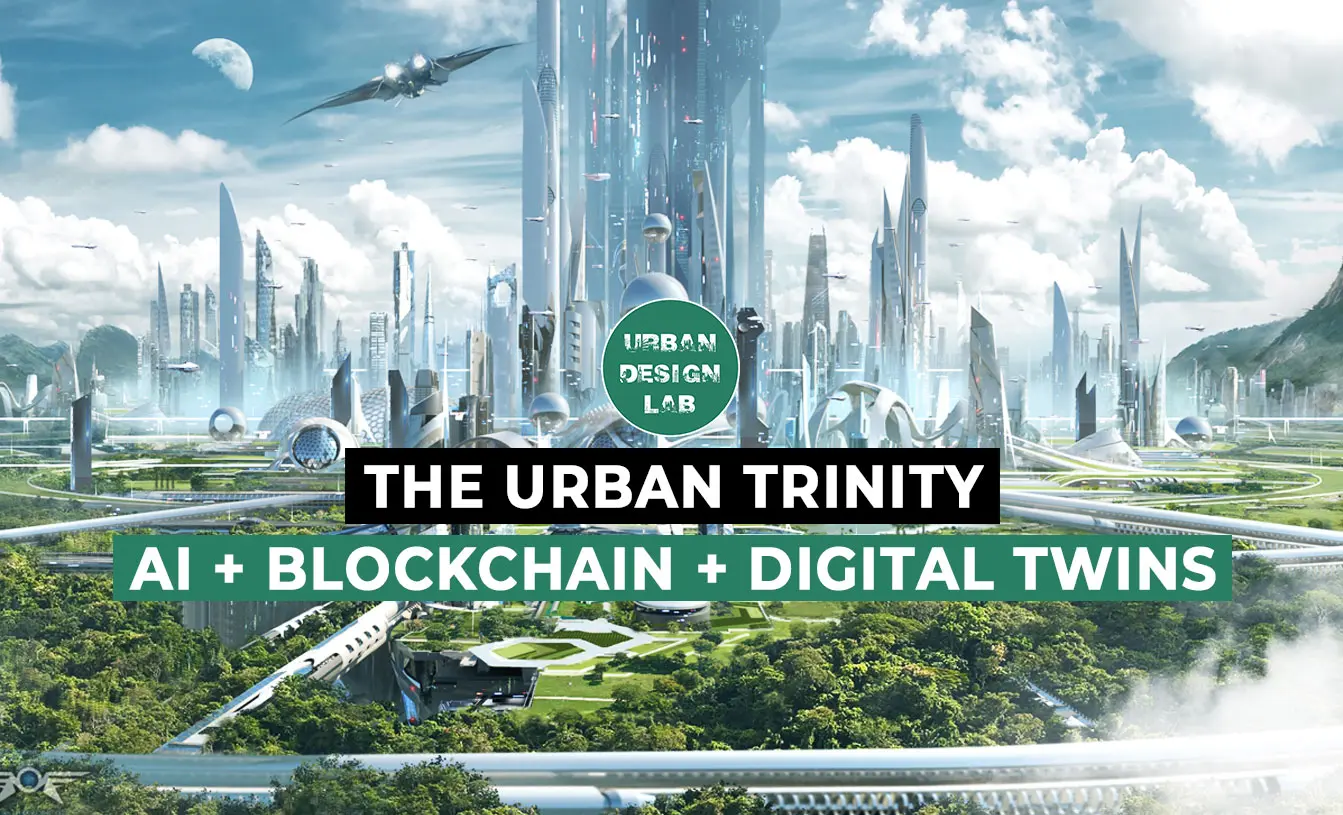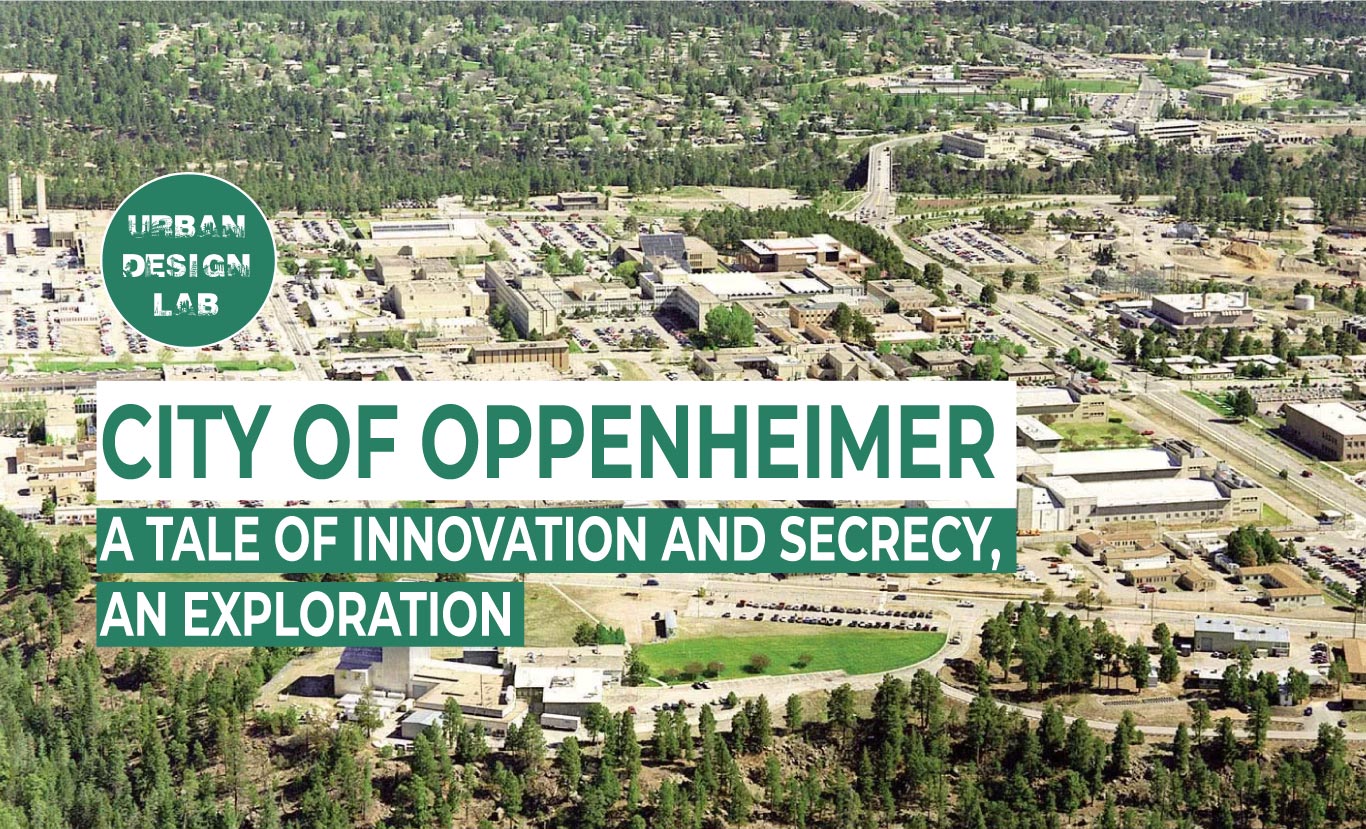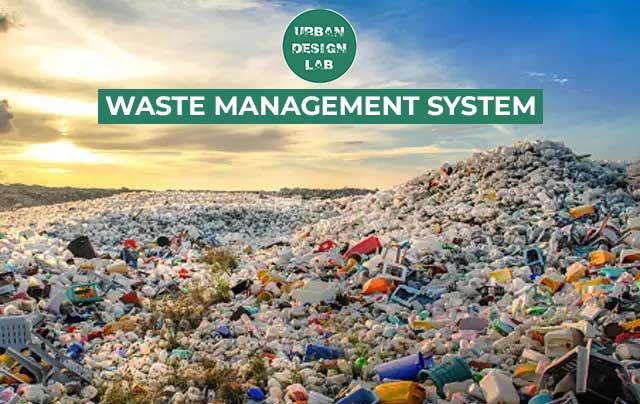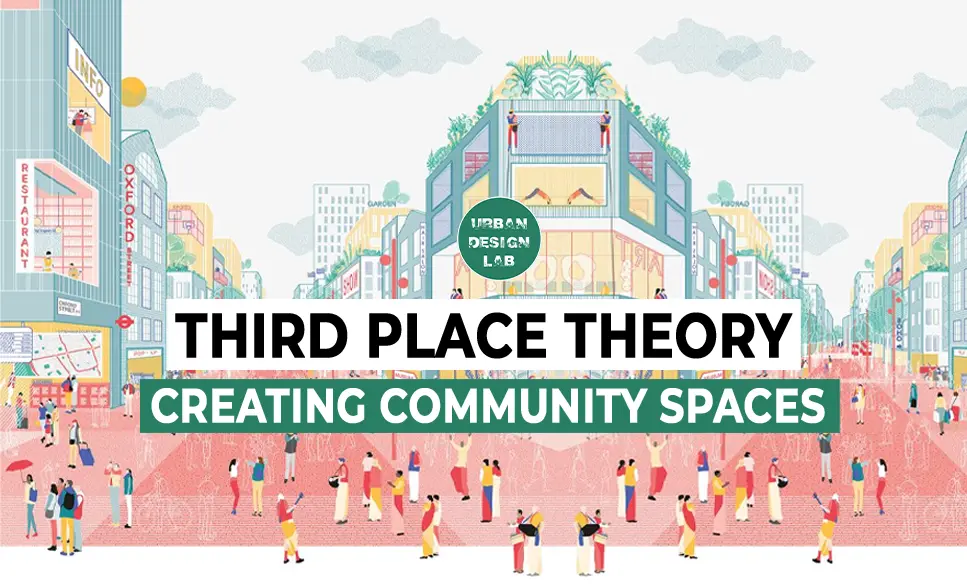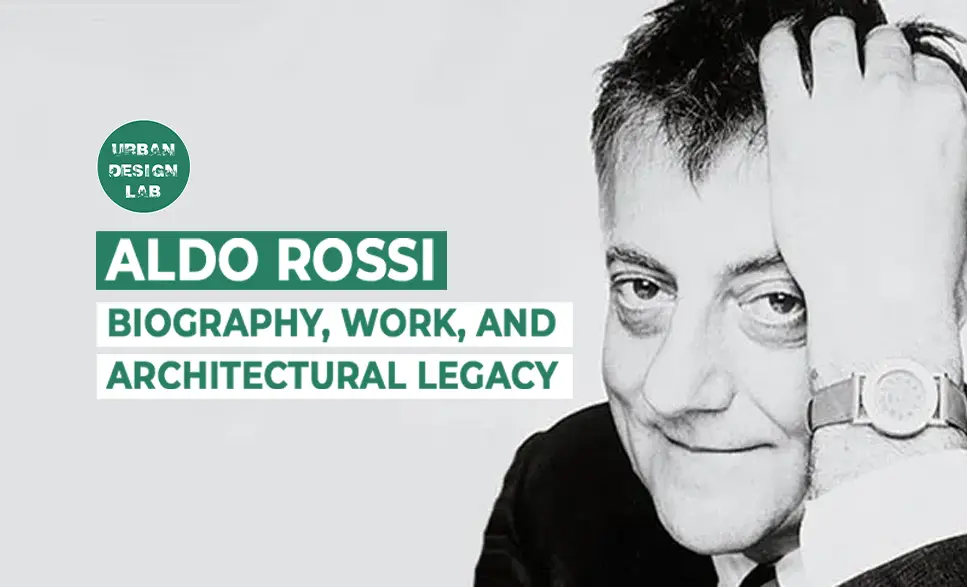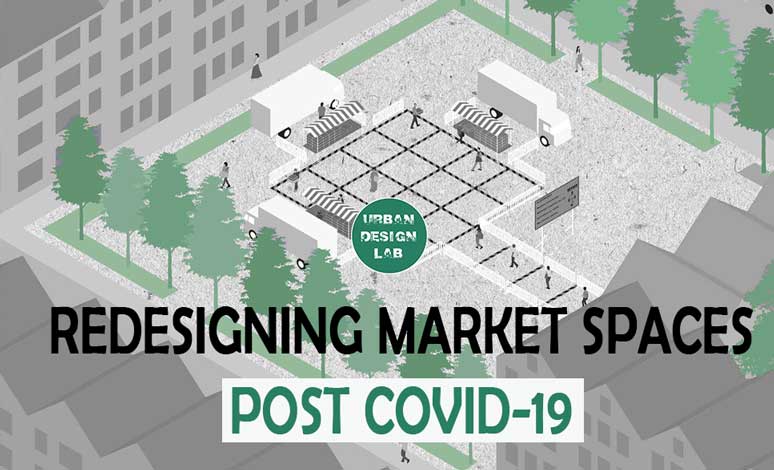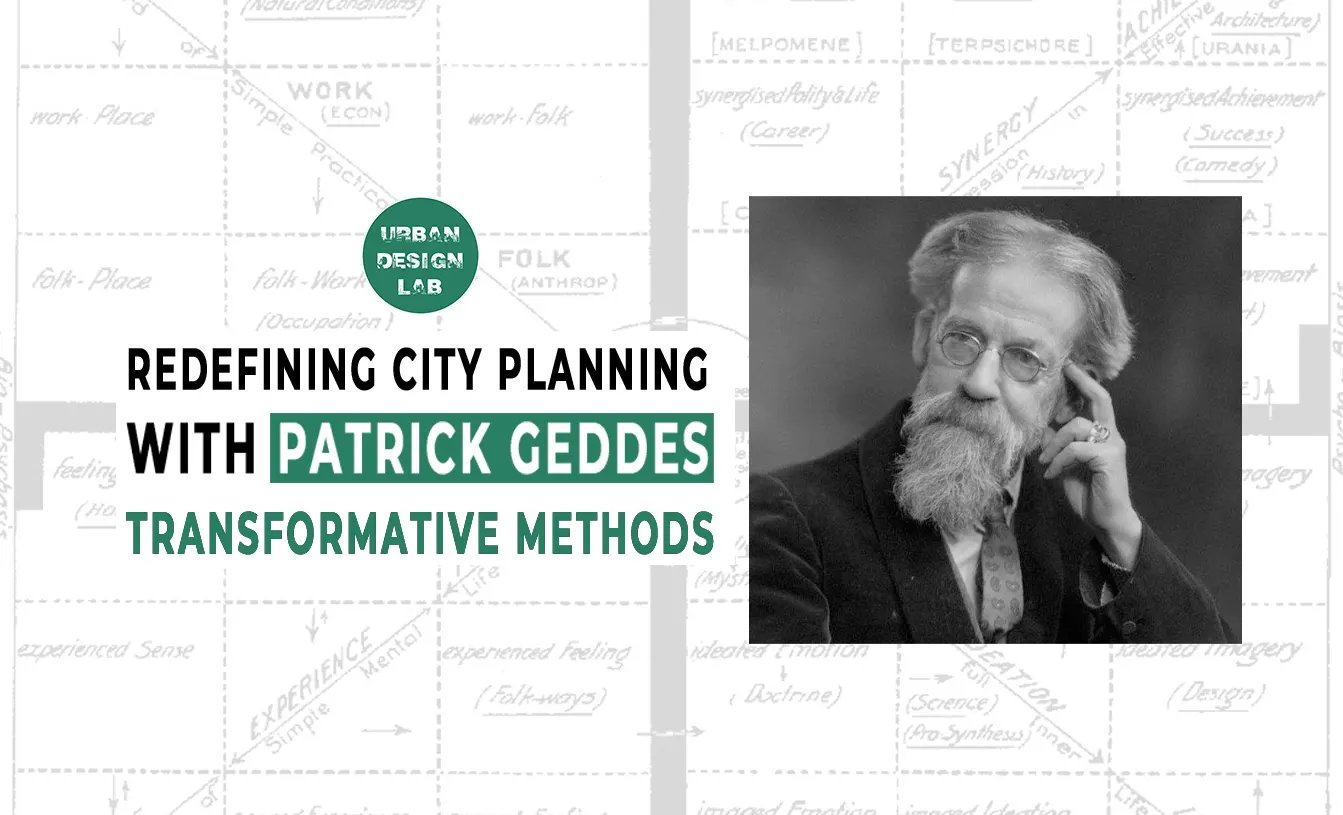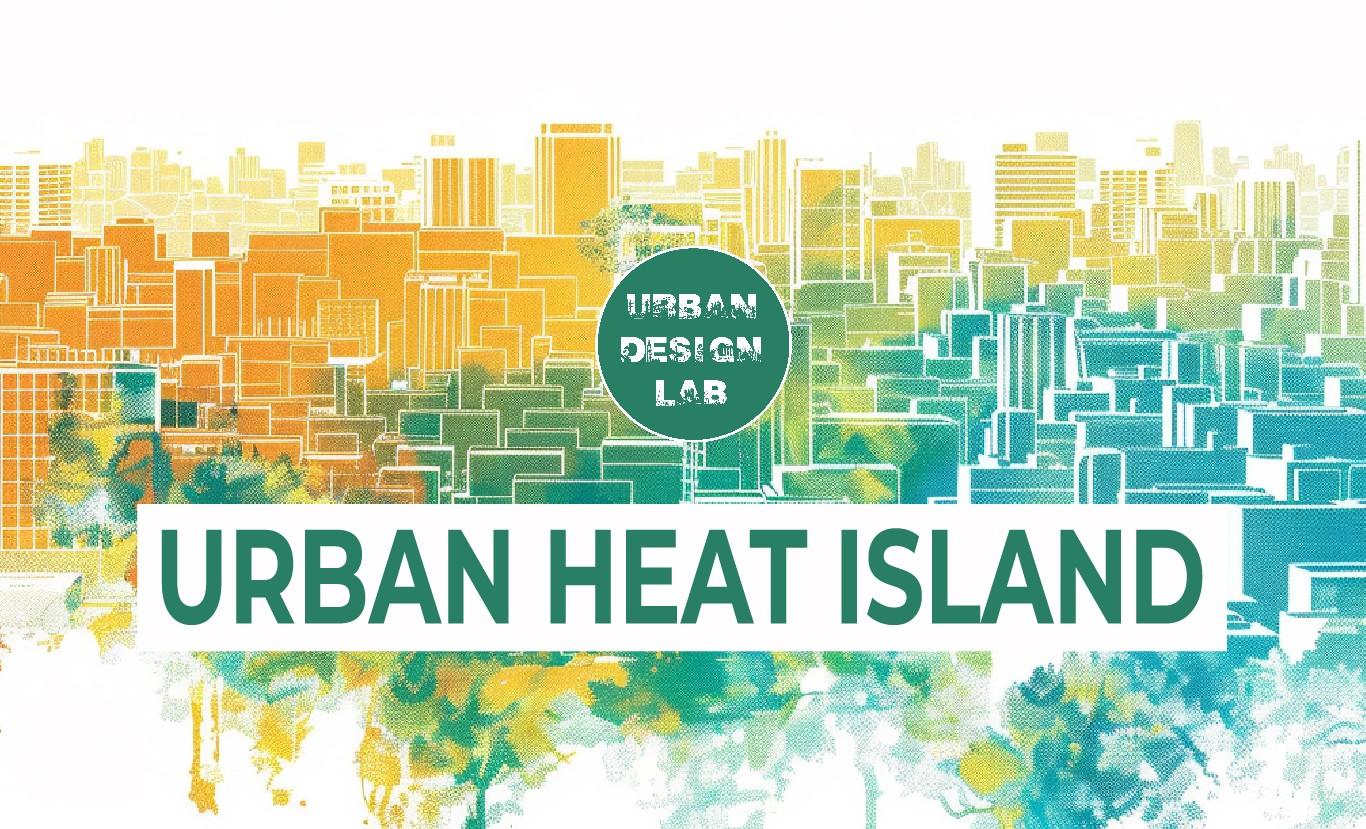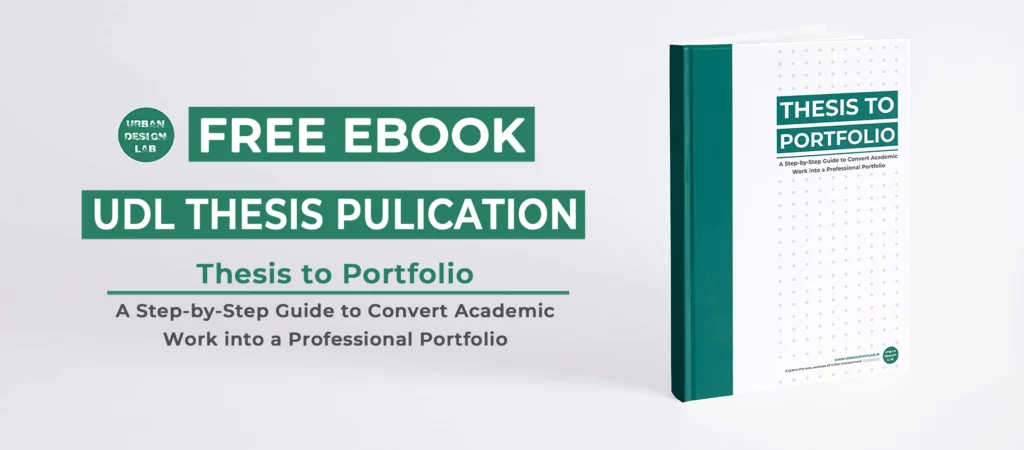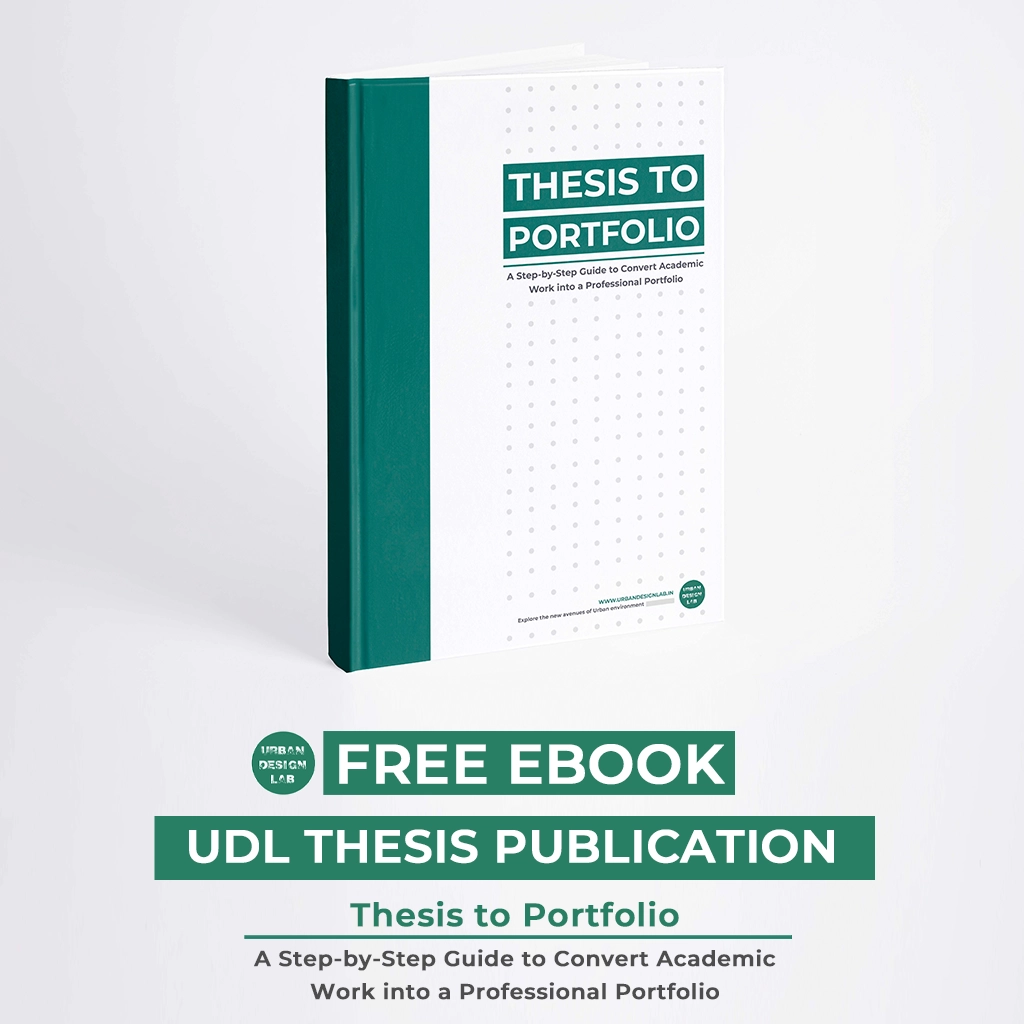
10 Must-Watch Documentaries on Housing and Gentrification
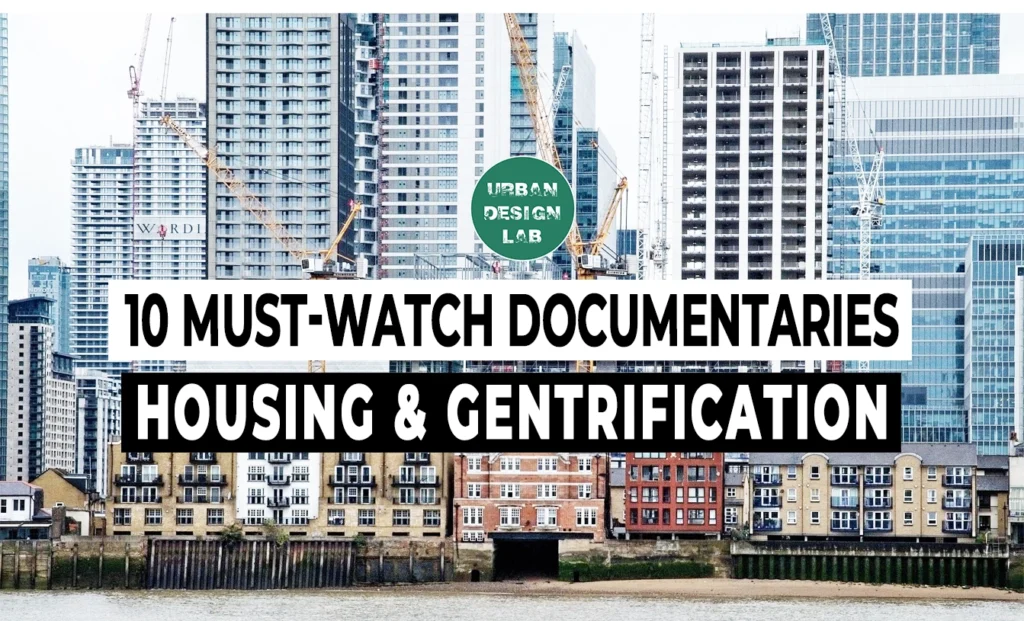
Housing and gentrification are at the heart of today’s most pressing urban challenges—skyrocketing rents, real estate speculation, and the mass displacement of communities. As cities grow increasingly unequal, the need to understand the deeper forces shaping our neighborhoods has never been more urgent.
The ten documentaries and docu-dramas featured below provide a powerful lens into the systems, policies, and lived experiences behind housing crises and urban transformation. Whether you’re an urbanist, activist, policymaker, or engaged citizen, these films challenge you to ask: Who is the city really for?
1. Owned: A Tale of Two Americas (2018)
Directed by Giorgio Angelini
Owned is a deeply investigative and visually compelling documentary that dissects the historical and systemic foundations of housing inequality in the United States. It draws a direct line from redlining practices of the 1930s, through post-WWII suburbanization, to the real estate market crash of 2008, exposing how race and class were deliberately embedded into the American housing landscape.
Core Themes Explored:
- Redlining & the Home Owners’ Loan Corporation (HOLC): The film unpacks how federal agencies created color-coded maps labeling Black neighborhoods as “hazardous,” making it virtually impossible for residents to secure loans or insurance.
- Suburbanization & White Flight: Explains how the GI Bill and FHA loans facilitated white homeownership in suburban areas, while systematically excluding African Americans, reinforcing spatial and wealth segregation.
- Predatory Lending & the 2008 Crisis: Documents the targeted sale of subprime mortgages in communities of color, resulting in massive foreclosures, wealth loss, and community destabilization.
Why Watch:
The Pruitt-Igoe Myth reframes the narrative: public housing didn’t fail—it was failed. The film powerfully challenges the idea that design alone determines urban success, revealing instead the systemic disinvestment and political abandonment that sealed the project’s fate.
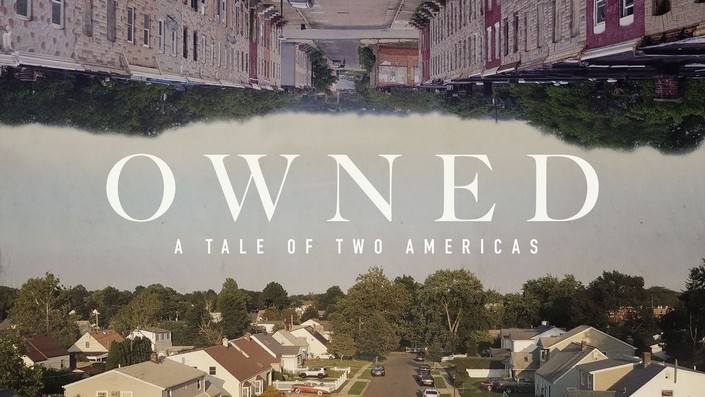
2. The Pruitt-Igoe Myth (2011)
Directed by Chad Freidrichs
This groundbreaking documentary revisits the rise and fall of the Pruitt-Igoe public housing complex in St. Louis, once celebrated as a model of modernist urban planning and later held up as a symbol of public housing failure. Completed in the mid-1950s and demolished just 20 years later, Pruitt-Igoe became a visual shorthand for the perceived dysfunction of government-subsidized housing.
Core Themes Explored:
- Racial segregation & urban renewal: Originally intended to house both Black and white residents, racial segregation quickly defined occupancy patterns, reflecting wider social exclusions in mid-20th-century America.
- Deindustrialization & economic decline: The film reveals how broader socio-economic trends, such as the loss of manufacturing jobs and white flight, undermined the project long before its physical decay began.
- Media mythmaking: It critically examines how Pruitt-Igoe was blamed for urban decay, without acknowledging the role of municipal neglect, budget cuts, and racialized planning failures.
Why Watch:
The Pruitt-Igoe Myth reframes the narrative: public housing didn’t fail—it was failed. The film powerfully challenges the idea that design alone determines urban success, revealing instead the systemic disinvestment and political abandonment that sealed the project’s fate.

3. Class Divide (2015)
Directed by Marc Levin
Set in the rapidly gentrifying Chelsea neighborhood of Manhattan, Class Divide offers a raw and revealing portrait of the vast socio-economic chasm between students of an elite private school and the children living in public housing directly across the street. Through personal interviews, the film contrasts privilege and precarity within a single block.
Core Themes Explored:
- Hyper-gentrification: The film captures Chelsea’s transformation following the development of the High Line and influx of luxury real estate investment.
- Spatial injustice: It highlights the surreal proximity of wealth and poverty—where penthouses overlook struggling households separated by little more than a street.
- Children’s perspectives: Uniquely, the narrative is told largely through the lens of teenagers and young adults, offering authentic, emotionally complex viewpoints on economic inequality.
Why Watch:
Class Divide is a human-scale study of inequality. It goes beyond statistics to reveal how children growing up under radically different circumstances can see each other every day—and yet live in entirely different worlds. The documentary doesn’t preach; it listens.

4. Push (2019)
Directed by Fredrik Gertten
Push is a provocative and globally resonant documentary that follows Leilani Farha, the former UN Special Rapporteur on the Right to Housing, as she embarks on a mission to expose how the commodification of housing is displacing people around the world. From Toronto and London to Barcelona, Berlin, and Seoul, Farha uncovers how real estate is no longer about shelter—it’s about capital accumulation.
Core Themes Explored:
- Financialization of housing: The film shows how global investment firms, such as Blackstone and other equity giants, treat housing as a vehicle for wealth extraction rather than a social good.
- Invisible gentrification: Rather than organic neighborhood change, Push exposes a top-down, systemic process led by corporate actors who never set foot in the homes they own.
- Global displacement: From Sweden’s public housing sell-offs to Canada’s condo explosion, the crisis isn’t local—it’s planetary.
Why Watch:
Push is a wake-up call. It reframes gentrification not merely as a byproduct of urban change, but as a deliberate result of global financial systems. Through Farha’s tireless advocacy, viewers are encouraged to consider housing not as a commodity, but as a fundamental human right under siege.
5. Gimme Shelter (1970)
Directed by Albert & David Maysles, Charlotte Zwerin
At first glance, Gimme Shelter appears to be a rockumentary chronicling the Rolling Stones’ ill-fated 1969 U.S. tour, culminating in the tragic Altamont Free Concert. But beneath the psychedelic haze and violent climax, the film subtly captures a deeper story about the spatial, racial, and social transformations reshaping American cities at the time.
Core Themes Explored:
- Suburban flight and disinvestment: While not its overt subject, the documentary’s backdrop reflects how 1960s America witnessed mass white flight, as middle-class populations fled urban cores for the suburbs, taking capital with them.
- Decline of urban public space: The failure of Altamont as a “Woodstock West” symbolized the fraying social fabric and the growing challenge of organizing in shared, unregulated public realms.
- Counterculture vs. control: The film contrasts idealistic youth movements with the harsh realities of market-driven urbanism and privatized space.
Why Watch:
Gimme Shelter is a sociological artifact, preserving a turbulent moment in American history when cities were in crisis and suburbanization was accelerating. Though not a traditional housing documentary, it offers rich visual evidence of the social fragmentation and spatial restructuring that paved the way for future gentrification.
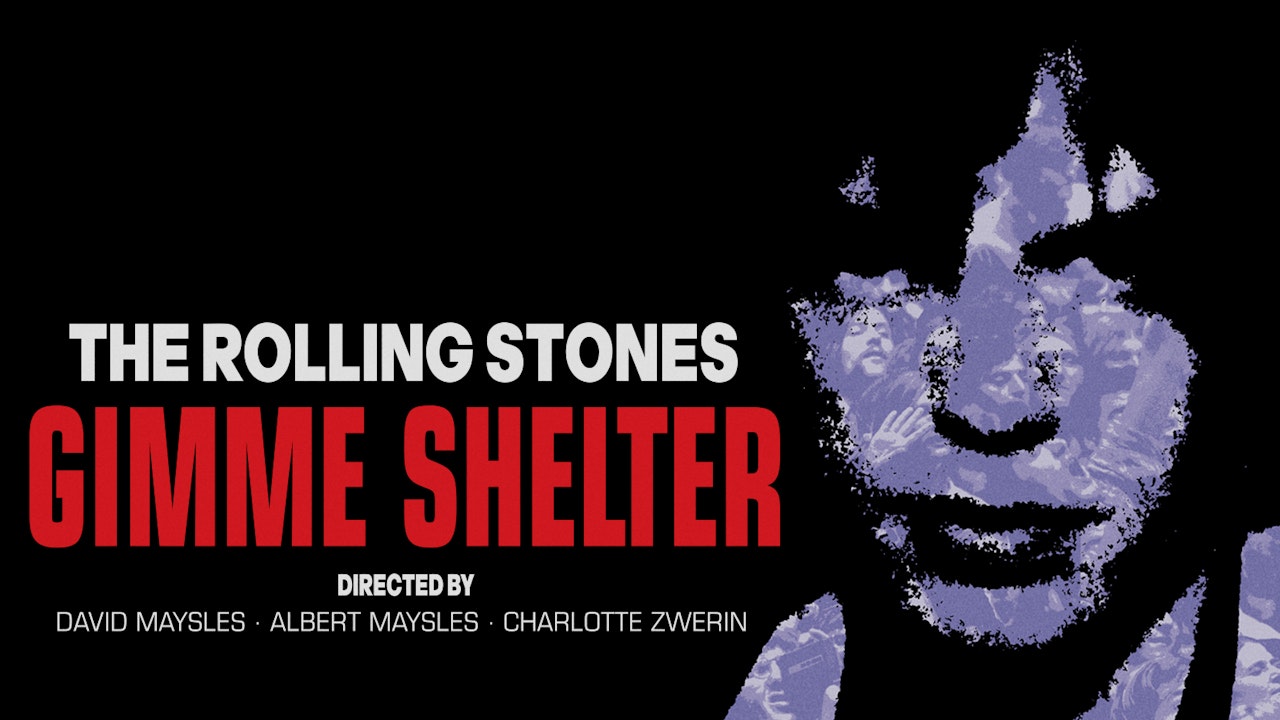
6. Gentefied: The Digital Series (2017)
Created by Marvin Lemus & Linda Yvette Chávez
Gentefied began as a Sundance-backed digital series before being adapted into a full-length Netflix drama, but its original web episodes retain a raw, deeply rooted quality. Set in the heart of Boyle Heights—one of Los Angeles’ most culturally significant yet economically vulnerable neighborhoods—the show captures the struggles of a multigenerational Latino family trying to keep their taco shop afloat amid a tide of rising rents, trendy boutiques, and cultural dislocation.
Core Themes Explored:
Cultural displacement: The series gives a name and face to a phenomenon often abstracted in policy circles—gentefication, a term coined by Latinx communities to describe internal tensions when upwardly mobile Latinos become agents of neighborhood change.
Intergenerational conflict: It explores the clash between elders committed to preserving neighborhood identity and younger residents navigating the duality of cultural pride and economic ambition.
Entrepreneurship and identity: By portraying characters trying to “save the business” while adapting to change, it questions whether minority-owned businesses can survive or even thrive under gentrification.
Why Watch:
Gentefied is refreshingly specific in its cultural lens and emotionally resonant in its portrayal of displacement. It avoids simplistic binaries and instead explores the layered contradictions of urban change, all while celebrating community, food, language, and heritage.

7. Rezoning Harlem (2009)
Directed by Shawn Batey
Rezoning Harlem is a powerful, community-driven documentary that unpacks how urban planning and land-use policy become instruments of gentrification. Focusing on New York City’s historic Harlem neighborhood, the film documents the contentious 125th Street Rezoning Plan—a proposal framed as revitalization, but perceived by many residents as a vehicle for displacement.
Core Themes Explored:
- Planning as power: The film illustrates how zoning, a seemingly technical bureaucratic tool, can reshape demographics, culture, and economic opportunity—often without the consent of affected communities.
- Community resistance: Interviews with long-time Black residents, activists, small business owners, and religious leaders expose the emotional and economic costs of being excluded from decisions made in City Hall.
- Historic erasure: Harlem, long regarded as a cradle of African American culture, becomes a case study in how revitalization efforts can inadvertently erase the very identity that made a place meaningful.
Why Watch:
This is grassroots cinema at its most potent. Rezoning Harlem strips away the neutral language of “development” and shows how policies dressed as progress can serve as vehicles for racialized displacement. It is a rare document of bottom-up urban critique, making it indispensable for students of planning, policy, and equity.

8. The Last Black Man in San Francisco (2019)
Directed by Joe Talbot
Although a fictional feature film, The Last Black Man in San Francisco stands as one of the most poignant cinematic meditations on gentrification ever made. Loosely based on co-writer and lead actor Jimmie Fails’s real-life experiences, the film follows a young Black man’s attempt to reclaim his childhood home in a rapidly transforming San Francisco—once a place of memory, now a symbol of exclusion.
Core Themes Explored:
- Cultural memory and urban loss: The film critiques how gentrification erodes not only communities but also the personal and emotional landscapes tied to place.
- Identity and place-making: Through its lyrical tone, it explores how physical spaces shape identity—and what happens when that connection is severed.
- The Black urban experience: Set against a backdrop of displacement in Bay Area neighborhoods like the Fillmore District and Hunters Point, the film subtly addresses how Black histories are erased through real estate trends.
Why Watch:
Though not a documentary, its authenticity, poetic framing, and intimate narrative make it a vital addition to any conversation on urban inequality. A rare film that renders the emotional cost of displacement with grace and cinematic beauty.

9. Battle for Brooklyn (2011)
Directed by Michael Galinsky & Suki Hawley
This gripping documentary traces the multi-year struggle of Daniel Goldstein, a Brooklyn resident and graphic designer who becomes the face of resistance against the Atlantic Yards Project—now the Barclays Center. The film captures the painful intersection of corporate power, urban planning, and grassroots resistance in real time.
Core Themes Explored:
- Eminent domain abuse: It questions the use of public legal tools for private gain, as New York state seizes private properties for a development touted as a “public benefit.”
- Citizen activism: Goldstein’s transformation into an activist highlights the emotional toll of fighting City Hall—and the developers behind it.
- Narrative politics: The film critiques how “blight” and “revitalization” are used as rhetorical tools to justify displacement.
Why Watch:
Unlike most documentaries that look back, Battle for Brooklyn unfolds in real time, providing rare, immersive access to the front lines of gentrification-fueled redevelopment. It’s both political and personal—a portrait of resistance with national implications.
10. Dispossession: The Great Social Housing Swindle (2017)
Directed by Paul Sng
This UK-based documentary offers a scathing indictment of how decades of policy decisions—starting with Margaret Thatcher’s Right to Buy and accelerating under New Labour and Conservative governments—led to the dismantling of Britain’s social housing system. Through interviews with tenants, activists, and politicians, it explores how privatization has left thousands homeless and entire communities destabilized.
Core Themes Explored:
- Privatization of public assets: Tracks how council estates were sold off, neglected, or deliberately underfunded to justify their demolition.
- Policy betrayal: Critiques the political rhetoric of “home ownership for all” while revealing its long-term consequences on working-class families.
- Media framing and class politics: Highlights how public housing residents are demonized in British media, creating a cultural justification for displacement.
Why Watch:
Dispossession is essential for understanding the global dimensions of housing inequality, revealing that the forces displacing communities in New York or San Francisco are echoed in London, Glasgow, and Manchester. It connects neoliberal urbanism with everyday human loss.
Gentrification isn’t just about rising rents or trendy cafés—it’s about power, displacement, memory, and survival. These documentaries act as both mirrors and warnings, documenting the profound changes that have reshaped neighborhoods, cities, and lives.
Bookmark this list, share it with fellow urbanists, and watch with a critical lens. The future of housing depends on our ability to understand its past.
Author
Author
Author
Author
Author
Author
Author
Author
Author
Author
About the author
Related articles

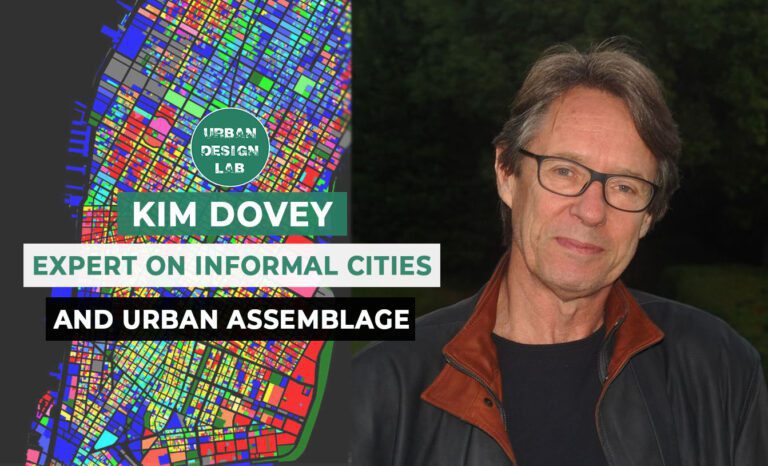
Kim Dovey: Leading Theories on Informal Cities and Urban Assemblage
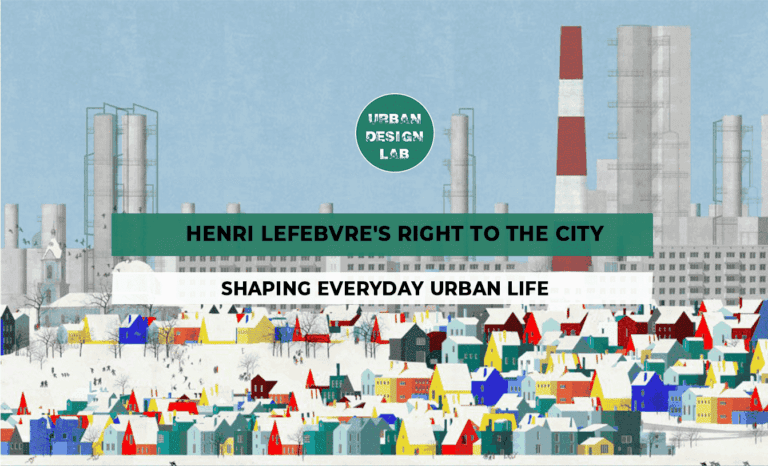
Henri Lefebvre’s Right to the City: Shaping Everyday Urban Life
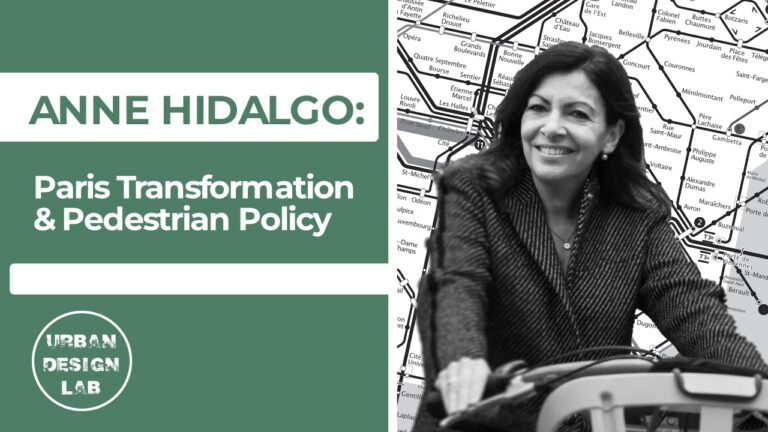
Anne Hidalgo – aris Transformation & Pedestrian Policy

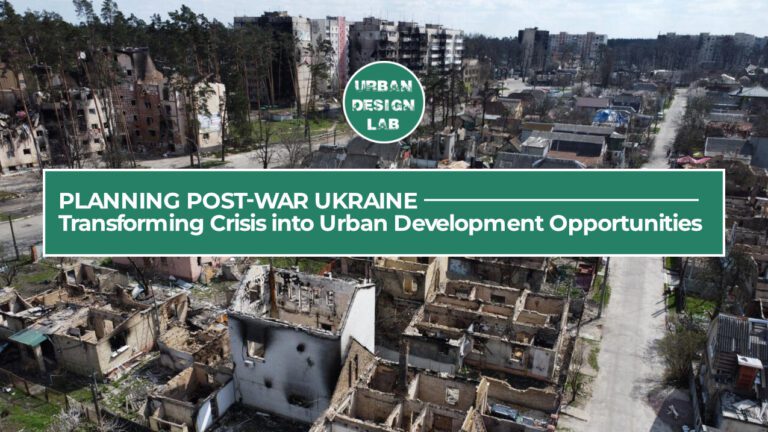
UDL GIS
Masterclass
Gis Made Easy- Learn to Map, Analyse and Transform Urban Futures
Session Dates
15th-19th December 2025

Urban Design Lab
Be the part of our Network
Stay updated on workshops, design tools, and calls for collaboration
Curating the best graduate thesis project globally!
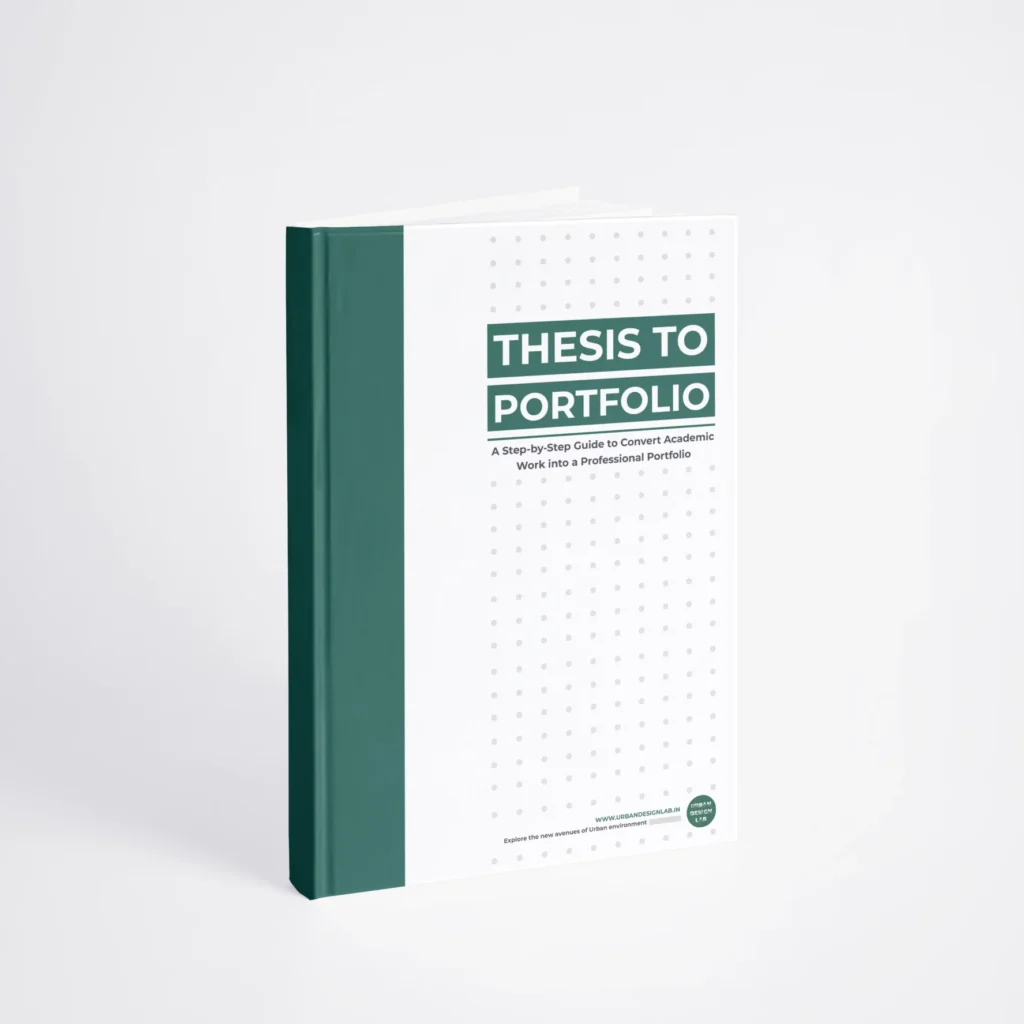
Free E-Book
From thesis to Portfolio
A Guide to Convert Academic Work into a Professional Portfolio”
Recent Posts
- Article Posted:
- Article Posted:
- Article Posted:
- Article Posted:
- Article Posted:
- Article Posted:
- Article Posted:
- Article Posted:
- Article Posted:
- Article Posted:
- Article Posted:
- Article Posted:
Sign up for our Newsletter
“Let’s explore the new avenues of Urban environment together “


